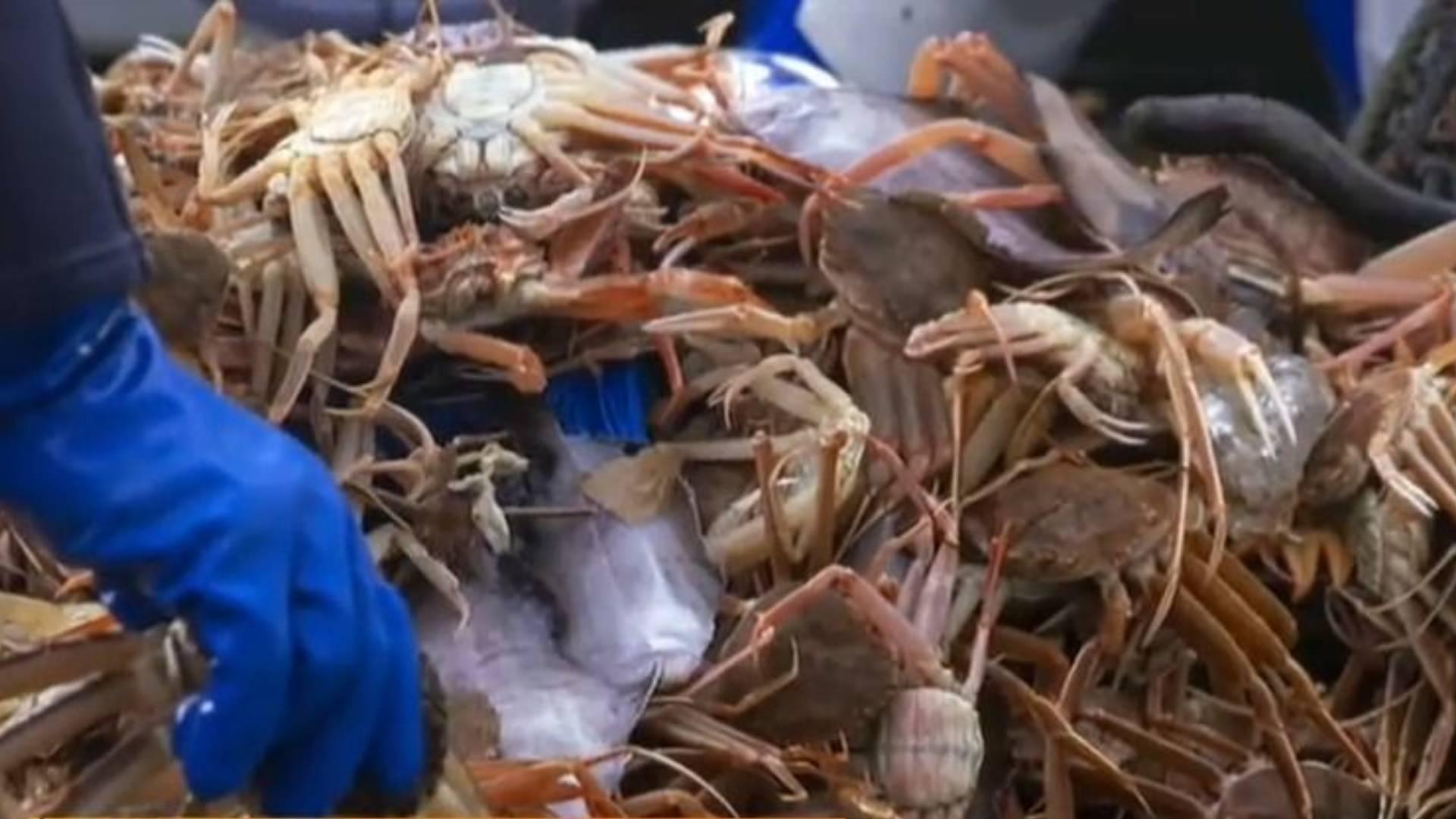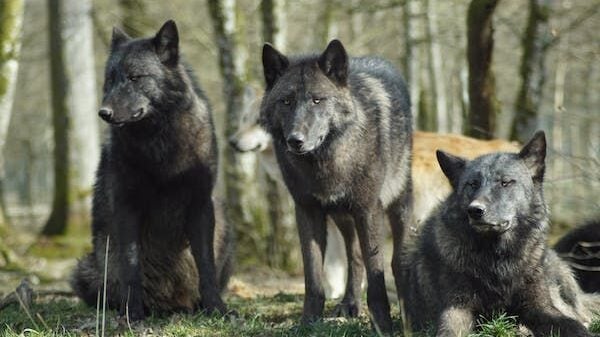Imagine you’re a snow crab, living in the chilly waters of the Bering Sea. You’re surrounded by billions of your fellow crabs, all happily feeding and mating. But then, something changes. The water starts to warm. At first, it’s just a little bit different, but over time, the changes become more and more drastic.
This is exactly what happened to the snow crabs of Alaska in recent years, and it’s why billions of them went missing. Scientists now have an answer: warmer ocean temperatures likely led to their starvation and demise.
This discovery happened right on the heels of the Alaska Department of Fish and Game revealing that they had to call off the snow crab harvest season for the second year running. They pointed to the sheer amount of crabs vanishing from the usually chilly Bering Sea.
In a recent study published on Thursday, scientists from the National Oceanic and Atmospheric Administration connected the dots. They found a strong correlation between a series of marine heat waves in the eastern Bering Sea between 2018 and 2019 and the sudden disappearance of snow crabs in the region in 2021.
To investigate the disappearance of snow crabs beginning in 2020, scientists narrowed down the possibilities to two categories: the snow crabs either relocated or, well, didn’t quite make it, shall we say.
Cody Szuwalski, lead author of the study and fishery biologist at NOAA, said they went to the north of the Bering Sea, west into Russian waters, and even plunged deeper into the ocean. After all that, their detective work led them to a crucial conclusion: it’s doubtful the crabs migrated. The main suspect here is the mortality factor.
Snow crabs are creatures of habit when it comes to temperature. They thrive in areas where the water is a chilly 2 degrees Celsius or less. However, they can tough it out in waters up to 12 degrees Celsius, as per the study. Now, imagine what happens when they find themselves in warmer waters. Warmer ocean water likely disrupted their metabolism and increased their caloric needs.
In 2018, which marked the start of a two-year marine heat wave in the area, the crabs went into overdrive. They may have needed up to four times as much energy from their meals compared to the previous year, as the researchers uncovered. Unfortunately, the elevated temperatures disrupted the Bering Sea’s food chain, making it challenging for snow crabs to forage adequately, resulting in an inability to meet their heightened caloric demands.
Typically, there’s a natural temperature boundary in the ocean that keeps species like Pacific cod from venturing into the frigid realm inhabited by crabs. However, when the heat wave hit, all bets were off. The Pacific cod swam into these unusually warm waters and helped themselves to what remained of the crab population.
Arctic temperatures are skyrocketing, four times faster than the global average, due to climate change. This has caused sea ice to melt rapidly in the Arctic, impacting Alaska’s Bering Sea. Szuwalski, like many scientists, had foreseen the potential consequences, but the speed at which these changes are occurring has taken them by surprise.































































